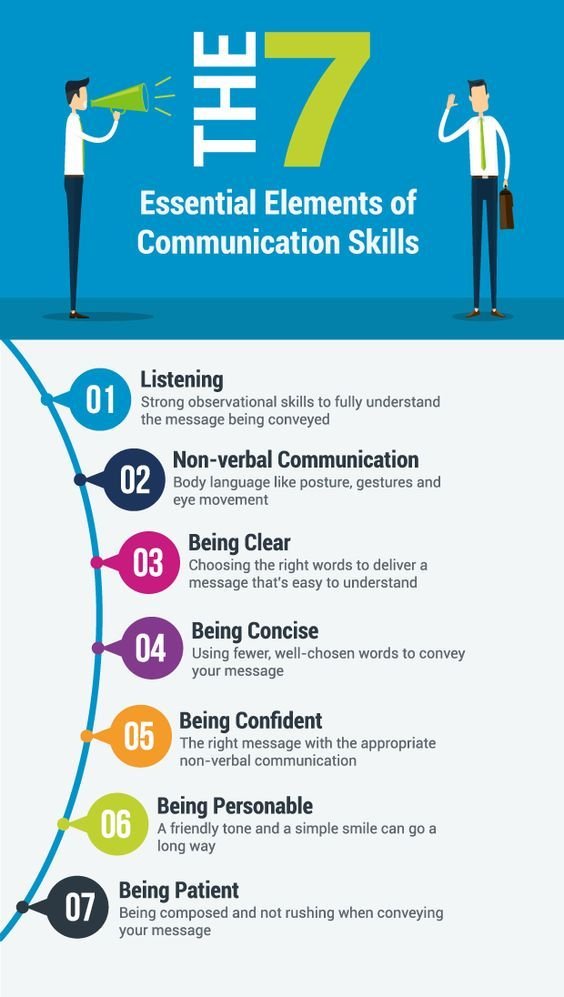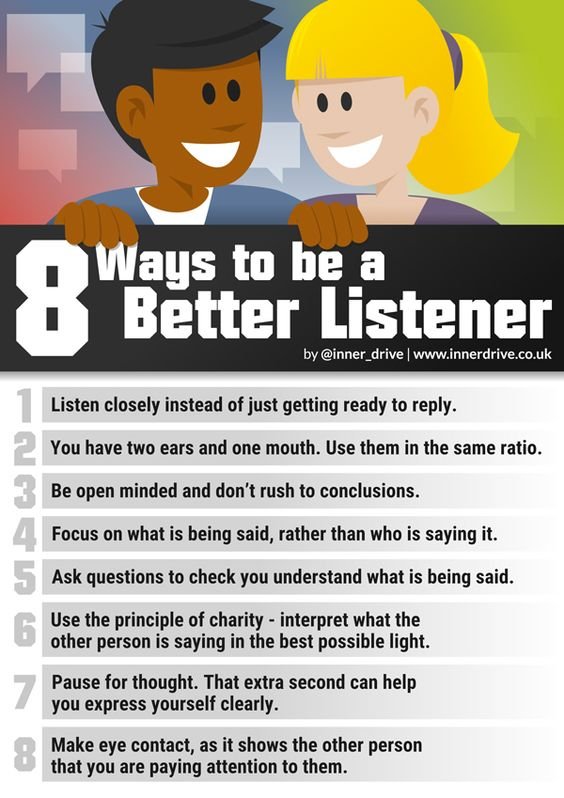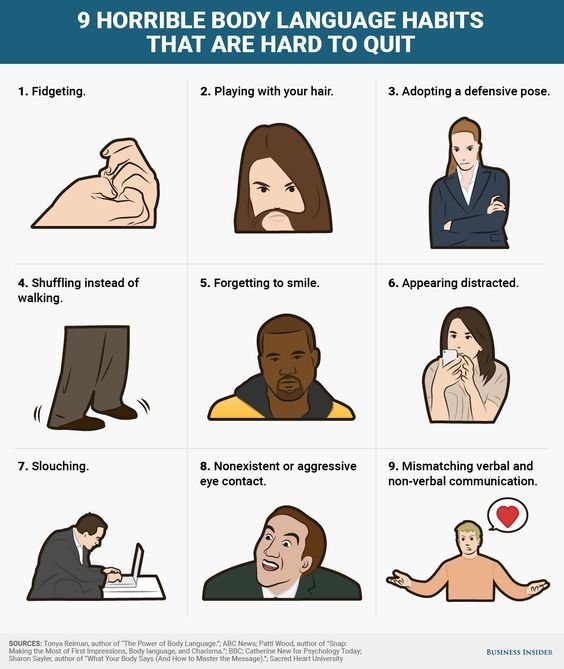Communication is an entity much talked and debated about in corporate management circles. The question is, have you really understood what the term ‘Communication’ means, how it has evolved over all these years and the impact it creates in an organization?
Well, communication is nothing but the transfer or exchange of information from one end to another end, from one user to another user or from sender to receiver to put it straight. Is that it- No!
If the process could be as simple as it sounds, there should be no conflicts, no difference of opinions and no mis-understandings in this world.
Are we witnessing such a peaceful scenario; In particular, office atmosphere sometimes becomes unbearable thanks to ‘clash of the so called intellectual titans’ fighting over a simple issue which could be solved by discussing it over a cup of good coffee.
Now, coming back to the point, the process of communication involves the following steps,
Sender- Message- Receiver
I’m not quite convinced with this explanation, are you? Let us rewrite it like this,
Sender- Message- Medium- Receiver- Interpretation- Feedback
This somewhat makes sense because only when the message intended is interpreted rightly so by the receiver or the target, the process of communication gets completed.
In olden days when only sign language was the norm of the day, people still communicated precisely through pictograms, cave paintings, ideograms and sign language. This was a form of restricted communication as people had to go to that particular place to see the message.
The process of evolution has led us to what we call verbal communication, the highest form of exchanging information.
More sophistication has been innovated in the technological sphere and now I’m able to write to you and publish this article from an Apple IPad, of course with references made from the web in a jiffy.

Three types of communication are present
Interpersonal communication is contextual:
In other words, communication does not happen in isolation. There is:

The Semantic Noise:
Another important concept in communication is the semantic theory. It is nothing but the noise created in the process of information exchange.
It literally does not mean sound but rather ambiguity in words, sentence or other symbols used in communication.
The ambiguity is caused because the encoder and decoder interpret different meaning in the same words, phrases or sentences.
For example, look at this adjective ‘SHADY‘. If somebody says a place is shady, immediately we correlate the place with some illegal activity. Why, it could be a place surrounded fully by trees!
So the point is, the encoder must be precise in sending across the message and the decoder must be in a position to understand and interpret it in relation to the context. Again you will appreciate the stark difference between the phrases ‘A cheap joke‘ and ‘A cheap ticket.’ See how contextually they differ!
This is called connotative meaning or the implied meaning as against the literal or denotative meaning. Words are more powerful than a sword and they can swing both ways.

Picture Courtesy: InnerDrive
It is therefore necessary to think and rehearse before you speak in a business environment either to your heads or people down the line. Written messages have to be checked doubly to ensure that you have conveyed what you wanted to, and copied to the right people in the right columns( cc, bcc etc.,)
NonVerbal Communication
Nonverbal is the most subtle yet the most dangerous form of communication as it is very transparent and conveys your mood like a mirror.
Your body language, gestures, signs, facial expressions, eye contact, posture, and tone of voice—speak the loudest. These non-verbal signals can give clues and additional information and meaning over and above spoken (verbal) communication.

Picture Courtesy: BusinessInsider
It becomes easy communicating with people with whom you have worked or moved for a long time, to understand their body language or tone modulations so perfectly.
I admire long-time secretaries especially women who understand their bosses to a ‘T’ and make things easy for them.
The natural discretionary capability and empathy make women better performers in all key positions in any industry.
I would like to see more women CEO’s adorning the throne in the near future, though the transformation has already started.
Communication is merely not exchanging ideas and information- though technically it is only that and such precise data exchange is needed for process automations,
I personally feel that there is something more to it. Smart communication enhances productivity because you strike a chord with the psychology of individuals, you satisfy their ego and make them want to work with you and work for you.
Not only in business circles, but also in personal life, communication is the in-thing that binds a family together.
If you are going to be late home due to work pressure, kindly convey it to your wife and ask her to have dinner and see for yourself the amazing results it fetches.
People always love persons who promptly communicate as it is a clear indication that you care for that particular person.